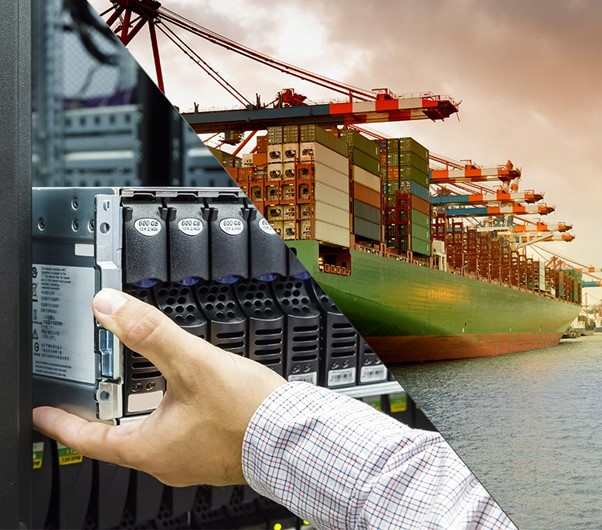How to respond to business challenges with IBM Sterling software and containers

IBM Sterling and containers are a relatively new technology for faster exchange of internal user data with external partners. But how should you be using them and what do you need to know?
We all know that IT is an area that’s developing extremely fast and it’s because of the speed of change in companies and large systems that various business challenges often arise. Some of the most common challenges are the speed of execution of certain business segments, associated costs, the increased need for hardware, and the inevitable complexity in development. For businesses to succeed in such a competitive and fast-paced world, interconnectivity is key and this is where containerisation comes in.
What are containers?
Containers are executable units of software in which application code is packaged, along with its libraries and dependencies, in common ways so that it can be run anywhere, whether it be on desktop, traditional IT, or the cloud. To do this, containers take advantage of a form of operating system (OS) virtualization in which features of the OS are leveraged to both isolate processes and control the amount of CPU, memory, and disk that those processes have access to.
Containers are small, fast, and portable because unlike a virtual machine, containers do not need to include a guest OS in every instance and can, instead, simply leverage the features and resources of the host OS.
Benefits of using IBM sterling portfolios and containers
This new technology has many advantages over the common ways of packaging and delivering applications. But the main advantages are resource efficiency and flexibility as well as speeding up the process of data processing. Also, scalability that is essential for large business systems and ease of implementation and upgrades.
From our experience, companies that have decided to solve operational challenges through IBM Sterling and containers have increased speed and efficiency in operation and scalability up to tenfold.
.png)
The primary purpose of the container as a means of software delivery is to speed up the process of introducing software into the partner environment, reduce the time required for maintenance and upgrades, and as a result enable faster results. IBM Sterling software and containers enable faster development, delivery, testing, updating, and recovery. The way containers make this possible is that they maintain the consistency of the project in question, regardless of external factors such as the operating system on which we run it. There is no waste of time when transferring data, the possibility of human error in processing is reduced because long tests are performed before implementation.
Who needs it?
Any business that wants to improve its IT eco-system and benefit from fast processing speeds, but essentially insurance companies, banks, and manufacturers that have many customers and suppliers using this technology to automate business processes. This means that departments like procurement, logistics, production, and even sales teams, would see the benefits of using containers.
Imagine just one common job in large system, for example, transferring data from one Excel table to another. Typically this can involve hundreds of thousands of records, usually business-critical data, and manual processing can take days. Using technologies such as those contained in the Sterling portfolio, work can be done in minutes in a completely safe way saving time and budget.
So which way would you choose?
Talk to our experts about how we can support you in solving operational problems like using IBM Sterling software and containers
https://bluebirdits.co.uk/contact
Authors: Daniel Van Schepdael, Business Unit Manager, TIS
Ante Jakiša, Integration Consultant, TIS




